
In this week’s Publetariat Dispatch, indie bookseller Bob Spear offers a survey of different ereader devices and comments on ebook pricing trends from the bookseller’s perspective.
Last week marked the occasion for the 6th annual Winter Institute presented by the American Booksellers Association for their independent bookseller members. There was a lot of important information shared. I’d like to address how the technology and concepts of e-books are affecting the book industry. First, lets compare the different e-readers from the perspective of independent booksellers.
iOS-based (iPad/iPhone/iPod Touch:
Price= from $499 (iPad) from $99 w/contract (iPhone) from $199 (iPod)
Availability: Apple Store, AT&T, Best Buy, Walmart, etc.
Google Ebooks Compatible: Yes – Google Books App available through App Store
Ingram Ebooks Compatible: Yes – Palm/iPhone format compatible with eReader app (available thru App Store)
Should I recommend it? PROS: Best experience for indie ebook buyers. Both Google and Ingram offer easy access paths to eBooks on iOS devices. Huge existing install base. CONS: Expensive.
Android-based (Motorola Droid, Samsung Galaxy Tab, etc.)
Price= from $49 with contract (DROID) $169 (Galaxy)
Availability: Various retailers, online
Google Ebooks Compatible: Yes – Google Books App available through Android Marketplace
Ingram Ebooks Compatible: Yes – Palm/iPhone format compatible with eReader app
Should I recommend it? PROS: Inexpensive, availability of Google. Books app means easy access for your customers. Early reviews are good. CONS: Not as many of these in the wild yet, and few being used as e-readers. Expect a lot of growth in the # of these devices in 2011.
Nook, Nook Color
Price= $149 (Nook) $249 (Nook Color)
Availability: B&N, also Best Buy, Target
Google Ebooks Compatible: Yes – Use Adobe Digital Editions Download option
Ingram Ebooks Compatible: Yes – Adobe Digital Editions format
Should I recommend it? PROS: Both Nook versions have received good reviews. Customers who prefer a dedicated e-reader will find much to like. CONS: Adobe Digital Editions is not nearly as easy to use to sync indie ebook purchases as iOS apps. Wireless download is B&N only.
Sony Reader
Price= from $149 (Pocket Edition)
Availability: Sony Store, Best Buy
Google Ebooks Compatible: Yes – Use Adobe Digital Editions Download option
Ingram Ebooks Compatible: Yes – Adobe Digital Editions format
Should I Recommend It? PROS: Some unique features (smaller size, touch screen). CONS: Some say these are difficult to use. Adobe Digital Editions sync. Wireless store (on Daily Edition) links only to Sony.
Kobo
Price= $139
Availability: Borders, other retailers
Google Ebooks Compatible: Yes – Use Adobe Digital Editions Download option
Ingram Ebooks Compatible: Yes – Adobe Digital Editions format
Should I Recommend It? PROS: Inexpensive. CONS: Limited market penetration, Adobe Digital Editions sync.
Other ereader devices (e.g., Pandigital Novel, COOL-ER, etc.)
Price= Varies
Availability: Varies
Google Ebooks Compatible: Most do support Adobe Digital Editions. For a complete list, see: http://adobe.ly/cgNsDr
Ingram Ebooks Compatible: Same
Should I Recommend It? PROS: Some could be extremely inexpensive. CONS: Wildly varying user experience. Some devices may be buggy. ADE sync.
Amazon Kindle
Price= from $139
Availability: Amazon, Best Buy, Target, Walmart
Google Ebooks Compatible: NO
Ingram Ebooks Compatible: NO
Should I Recommend It? Customers will not be able to buy books from you for their Kindle.
One important factor of the above comparisons is that the very popular Kindle has been purposely limited to Amazon ebook formats only. Obviously this works just fine for Amazon. Last year Amazon sold more ebooks than print books. Another important factor for publishers is that you need to produce your ebooks in all the above formats. That can be expensive if you have to purchase all the format translators. A better way to go is with SmashWords.com. They have a translation software that takes a Word file and automatically translates it to 7+ ereader formats and then distributes them to Amazon, BarnesAndNoble.com, Apple, etc.
The major publishers have jumped on the ebook bandwagon in a big way. Let’s see who the major players are:
Random House 22%
HarperCollins 15%
Hachette 13%
MacMillan 13%
Simon and Schuster 13%
Other 24%
The top categories are:
General Fiction 12%
Literary Fiction 11.5%
Mystery/Suspense 8%
Sci Fi/Fantasy 7%
The Average Price Point was $10.83
Pricing of ebooks by publishers has become a major issue arising in two approaches. The Wholesale Model is the traditional approach where the publisher sells to distributors and booksellers at a discounted wholesale price, who in turn resell it. Instead, some publishers are using the Agency Model, where the publisher sells directly to the public and gives an agent commission to the booksellers enabling the sale. Here is how these two models split out last year:
Agency= 55%
Non Agency Discounted= 15%
Non Agency Full Price= 30%
The top ten bestselling ebook titles last year were:
- Freedom (MacMillan)
- Autobiography of Mark Twain (University of California Press)
- Cleopatra (Hatchette)
- Squirrel Seeks Chipmunk (Hachette)
- Unbroken (Random)
- The Girl Who Kicked the Hornet’s Nest (Random)
- Moonlight Mile (HarperCollins)
- Object of Beauty (Hachette)
- Crooked Letter, Crooked Letter (HarperCollins)
- Room (Hachette)
Competition is driving some interesting steps forward for ebook selling. Now giant Amazon is being directly challenged by giant Google with their 3,00,000 ebook titles. These will be sold by independent booksellers who use the American Booksellers Association IndieBound.com web hosting system. Ingram is being challenged by their major rival, Baker and Taylor Distributors, who will be selling ebooks within the next two months.
Up till now, small presses and self-publishers have had a fairly clear playing field because their non-traditional capabilities to react to developing technologies quickly. Now the big boys have waded in and are trying to recapture market control. Still, the big guys are still flailing. As a proponent of long-tail marketing, I think the little guys still have the advantage in supporting niche markets. The secrets of future small press successes will be to: keep on top of developing technologies and continue to take advantage of your quick reaction time to industry changes. Indie booksellers have a much more difficult challenge to keep providing beloved print books while figuring out how to sell ebook downloads against Amazon et al.
This is a reprint from Bob”>http://www.sharpspear.com/BobSpear.html”>Bob Spear‘s Book”>http://bobspear.wordpress.com/2011/02/01/the-e-book-quandry-by-bob-spear/”>Book Trends blog.


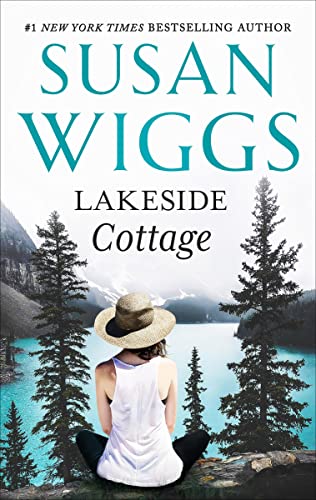
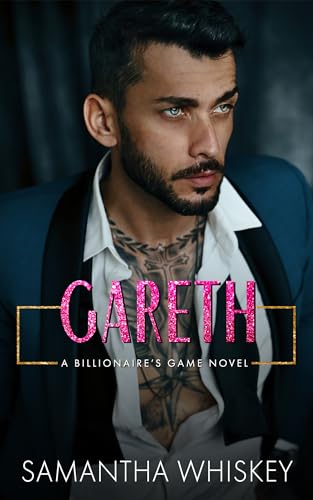

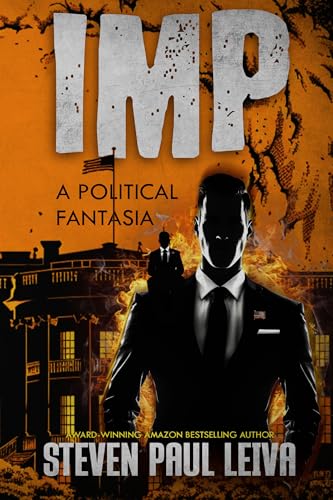

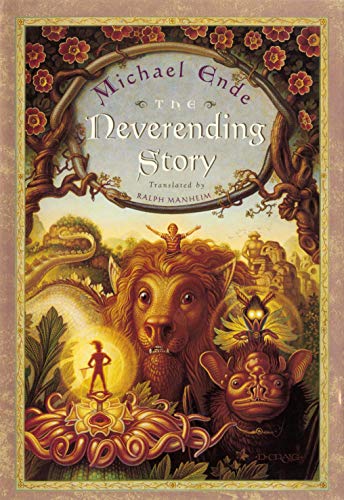


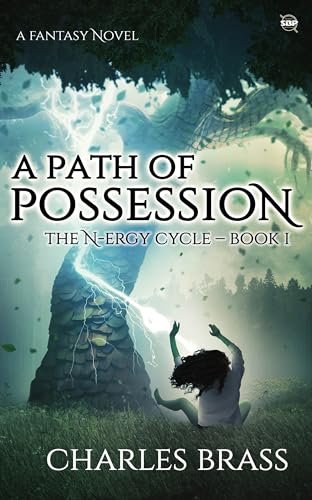
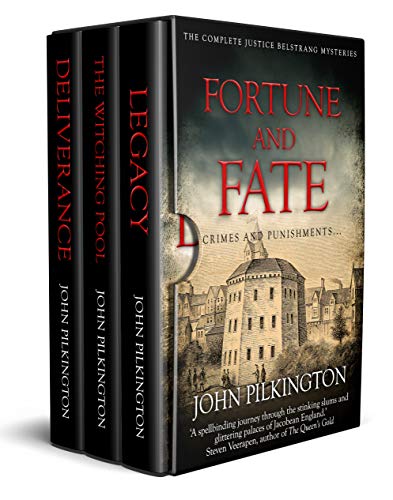
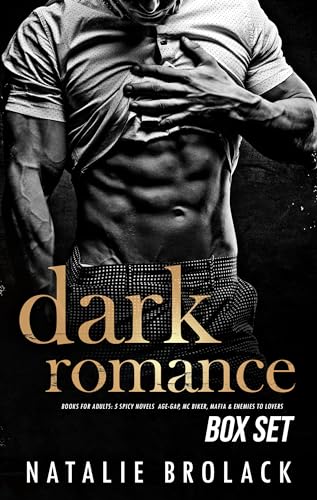


 It’s a simple fact that we live in a capitalist society. If anything is going to work, someone needs to be making money. Ideally, everyone is making money except the people buying the product, and those people are happy with what they get for their outlay. In that environment, other than producing a quality product, a lot of profit comes from advertising. And is it really so bad to have ads in ebooks?
It’s a simple fact that we live in a capitalist society. If anything is going to work, someone needs to be making money. Ideally, everyone is making money except the people buying the product, and those people are happy with what they get for their outlay. In that environment, other than producing a quality product, a lot of profit comes from advertising. And is it really so bad to have ads in ebooks?